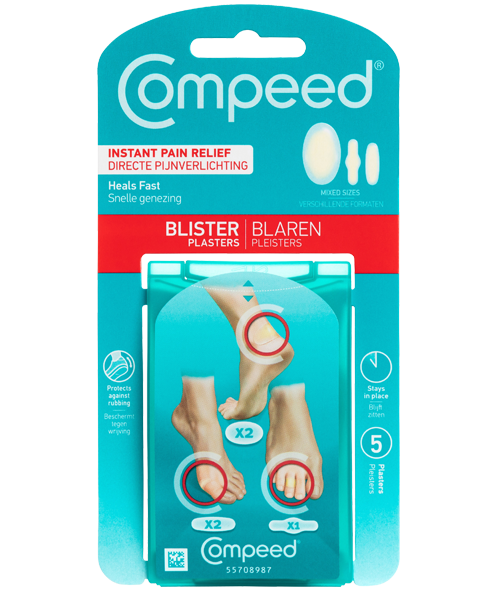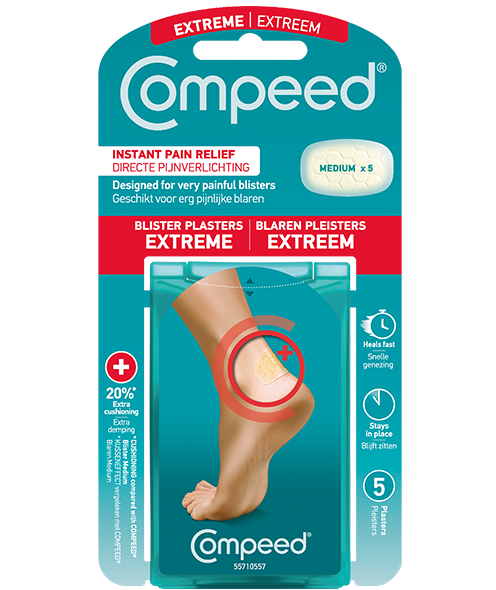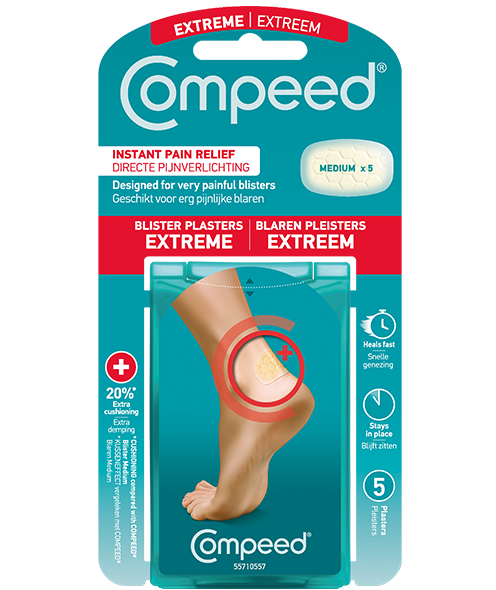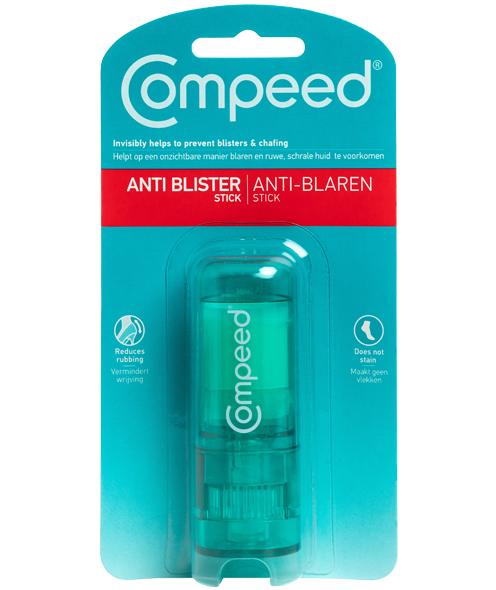Nothing takes the fun out of running like a blister on your foot – whether it’s causing a bit of discomfort with every stride, or hurting so much it becomes virtually impossible for you to continue running at all.
What exactly are these little bubbles of pain? What causes them, and what can be done to prevent them developing? Our handy guide below outlines all the information you need to understand, avoid and deal with blisters – so you’re never in danger of falling behind on your training schedule or parkruns!
What are blisters?
When your skin is exposed to consistent friction, pressure or heat, your body’s natural response is to form fluid-filled sacs beneath your outer layer of skin, protecting the tissue beneath from damage. The downside is that they’re also often painful, and – particularly when on the feet of a runner – can be a significant impediment to performance.
The repetitive movement and high levels of pressure that your feet go through when you run means you are all but certain to develop a blister at some point.

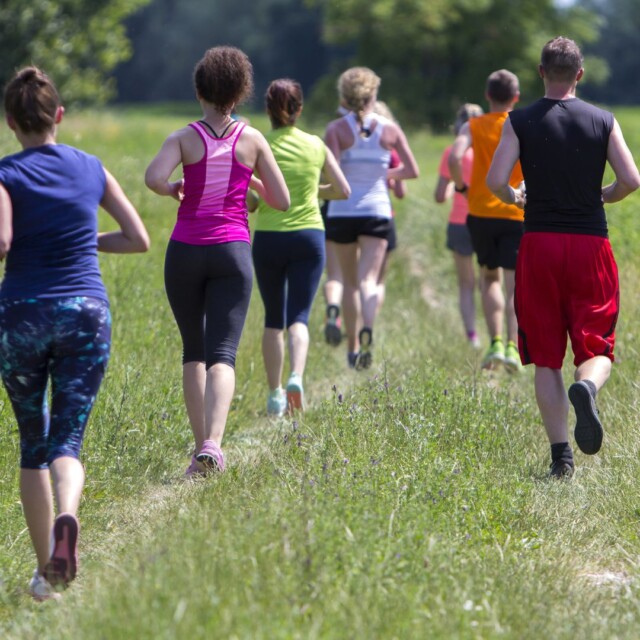
What causes blisters?
There are three major factors that lead to blisters forming on your feet:
- Friction: skin repeatedly rubbing against another surface (e.g. your shoe or sock) creates friction, leading to a separation of the layers of skin that allows fluid to accumulate in the space between.
- Heat: increased heat exacerbates friction by making your skin more prone to damage. This is why you might notice blisters forming during hot and humid runs.
- Moisture: excessive moisture – from sweating, for example – can soften the skin and increase friction; wet skin rubbing causes greater friction than dry skin.
How can blisters impact a runner’s performance?
Blisters can range from a mild annoyance to a debilitating injury – and you can be sure that anything that starts out as a minor irritation will – without treatment and with continued running – get considerably worse. This can have a several impacts on performance:
- Form: the pain caused by blisters can make your usual gait uncomfortable, causing you to change how you run. This can be a distraction, slowing you down and even causing injury.
- Impede training: any severe blister is going to put a stop to your training, causing delays in your schedule and possibly setting you back in your fitness levels.
- Races ruined: a blister on race day can not only impact your time, it might mean you don’t even make it to the finish line.
- Infections: without treatment – such as the application of a Compeed plaster – and time to heal, blisters can become infected and cause more severe health issues. Blisters should always be treated as promptly as possible.


Correct footwear is all-important
Wearing ill-fitting shoes is a surefire way to develop blisters; they will rub on your feet in all the wrong places, creating friction that will leave you in pain. Here’s what to look out for in an appropriate shoe:
- Proper sizing: getting a professional to determine your size at a shop with expertise in running shoes can make all the difference. There needs to be enough space for your toes to move, and to accommodate the natural swelling that takes place during running.
- Breathable material: making sure your shoes are made of a breathable, moisture-wicking material will help your feet stay dry – reducing the friction that leads to blisters.
- Broken in: don’t wear new shoes for a big run straight away! Slowly breaking them in over short distances will help reduce the stiffness that could make them uncomfortable over longer distances.
Select the right socks
Once you’ve got your shoes sorted, you’ll want to pay some attention to selecting socks that keep your feet as comfortable as possible. Look for:
- Moisture-wicking: socks like these, especially designed for running, will draw sweat away from your skin, helping your feet stay dry to reduce friction.
- Double-layer: consider picking a sock with a lining that moves independently of the outer layer, thereby helping to minimise friction.
- A good fit: ensure a snug fit without any wrinkles or bunching that could lead to friction when rubbing against your shoe/foot.


Take care of your feet
Basic footcare can make a huge difference in preventing blisters. Make sure you:
- Trim your toenails: this will prevent them rubbing against the front of your shoe and causing friction.
- File your calluses: calluses can actually provide protection to an extent, but excessive calluses can lead to friction. Keep an eye out for large areas of rough skin on your foot and file them down.
- Powder/lubricate feet: if you find there are areas of your foot that are prone to friction, foot powders or lubricant could help to reduce rubbing. Try a few different options on training runs to find the treatment that works best for you.
Mistakes to avoid
Don’t let these easy-to-avoid pitfalls hasten the development of blisters:
- Ignoring warning signs: if you’re starting to feel pain that could become a blister, don’t just keep going! Give yourself a break, change your socks or shoes, and get a Compeed blister plaster on there to protect the area.
- Neglecting footcare: failing to look after your feet in the ways outlined above will inevitably lead to blisters. Always check your feet for burgeoning hot spots so that you can take preventative measures as soon as possible.


Administering first aid
Having a plan of action as soon as you identify a blister will help you administer treatment to your feet as soon as any issues arise. Here’s what you need to do:
- Clean the area: wash the blister and the surrounding skin with mild soap and water, and then gently pat dry.
- Don’t pop it: puncturing a blister always increases the risk of infection, so this should be avoided wherever possible – and, if necessary, only done with sterile equipment, ideally by a medical professional.
- Apply a Compeed plaster: this will not only cushion the blistered area – making it comfortable to walk again – but the healing environment created by the Compeed blister plaster will make sure your blister is gone as soon as possible!






